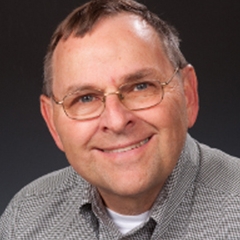
Lawrence Rabiner
Professor Emeritus
Electrical and Computer Engineering
Contact
Member of :
National Academy of Engineering, National Academy of Sciences
Fellow of:
Institute of Electrical and Electronics Engineers, Acoustical Society of America
IEEE Kilby Medal; IEEE Millennium Medal; AT&T Fellow Award; AT&T Patent Award; IEEE Speech Processing Magazine Award; AT&T Bell Laboratories Fellow; IEEE Centennial Award; IEEE ASSP Society Award; IEEE Piore Award; IEEE ASSP Achievement Award; former President of IEEE Acoustics, Speech and Signal Processing Society; former Vice-Presdient, Acoustical Society of America; former editor of ASSP Transactions; former member of IEEE Proceedings Editorial Board.
Research
Dr. Rabiner has pioneered a range of novel algorithms for digital filtering and digital spectrum analysis. The most well known of these algorithms are the Chirp z-Transform method (CZT) of spectral analysis, a range of optimal FIR (finite impulse response) digital filter design methods based on linear programming and Chebyshev approximation methods, and a class of decimation/interpolation methods for digital sampling rate conversion.
In the area of speech processing, Dr. Rabiner has made contributions to the fields of speech synthesis and speech recognition. Dr. Rabiner built one of the first digital speech synthesizers that was able to convert arbitrary text to intelligible speech. In the area of speech recognition, Dr. Rabiner was a major contributor to the creation of the statistical method of representing speech that is known as hidden Markov modeling (HMM).
Dr. Rabiner was the first to publish the scaling algorithm for the Forward-Backward method of training of HMM recognizers. His research showed how to successfully implement an HMM system based on either discrete or continuous density parameter distributions. The ultimate payoff of Dr. Rabiner’s research was a series of speech recognition systems that went into deployment by AT&T to enable automation of a range of ‘operator services’ that previously had been carried out using live operators. One such system, called the Voice Recognition Call Processing (VRCP) system, automated a small vocabulary recognition system (5 active words) with word spotting and barge-in capability, and was able to achieve extremely high performance and reliability.
PhD Electrical Engineering, Massachusetts Institute of Technology
MS Electrical Engineering, Massachusetts Institute of Technology
BS Electrical Engineering, Massachusetts Institute of Technology
